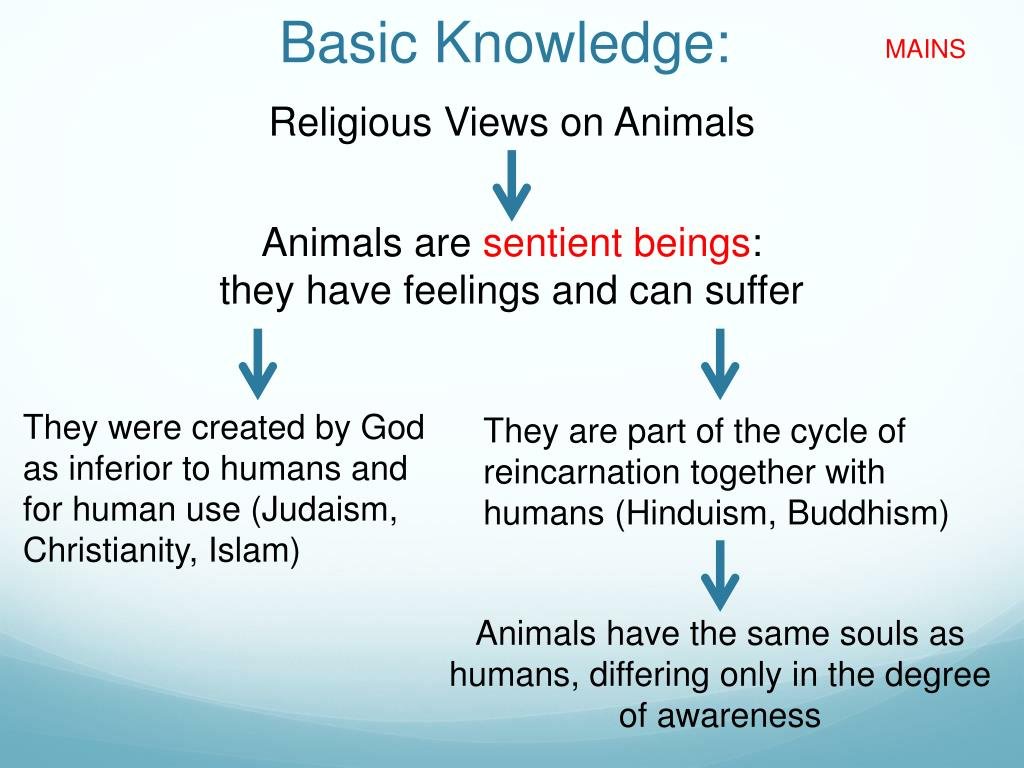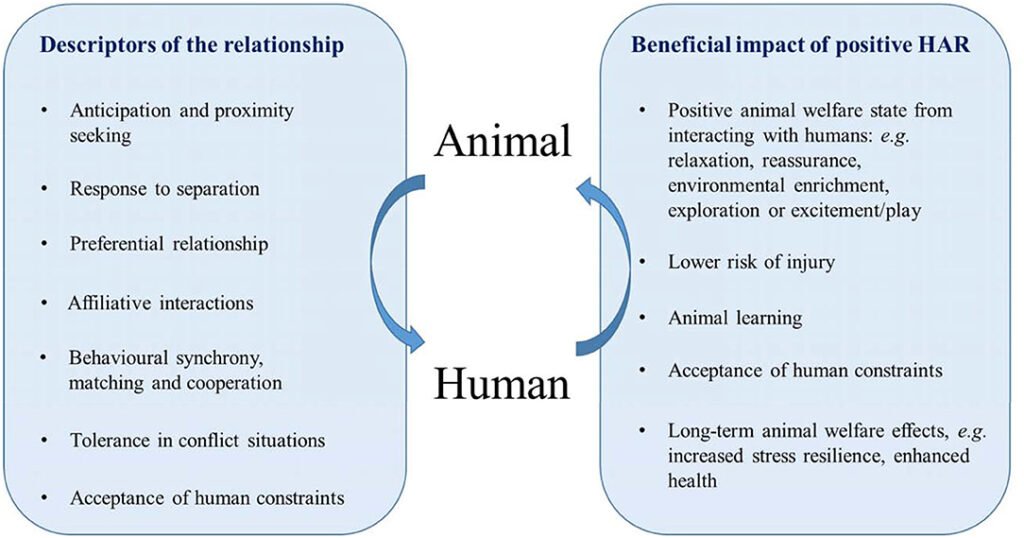Can you ever think of that? We have this bond with animals woven intricately into history, empathy, and mutual dependence. This connection has added value to our lives, shaped our cultures, and made us yearn for a better world. Here, we will discuss Art of Zoo—a profound and intricate relationship between humans and animals. From ancient times to the digital era, this kinship has impacted various aspects such as environmentalism, ethicality, cuisine, and digital media. Join us in celebrating this precious interdependence that brings joy, wisdom, and interconnectedness in a constantly changing world.
Table of Contents
The Immutable Bond

A Historical View
Our association with animals can be traced back to the beginning of human civilization. Early man relied on animals for food, clothing, and work. Cave paintings and archaic relics demonstrate that in early art forms, animals were not only used as resources but also revered and celebrated.
Cultural Importance
In ancient civilizations, animals often carried spiritual or symbolic meanings. For example, cats were worshipped like deities in ancient Egypt. In Native American cultures, the eagle, like the buffalo, was a spiritual guide and a symbol of power and sagacity.
Emotionality
This bond is applicable or spiritual and emotional among early people who petted them as their domesticated pets. For example, canines are more amicable to man than some other creature. They have provided protection alongside friendship for centuries.
Revival of Animal Art of Zoo
Art of Zoo Across Time
Animals found their way back into Renaissance Art of Zoo over time. Artists like Albrecht Dürer or Leonardo da Vinci made meticulous drawings of animals, showcasing their beauty and complexity.
Symbolism within Art of Zoo
Many Renaissance artworks involving animals conveyed deeper meanings through symbolism. For example, peace was represented by a dove, courage by a lion, and innocence by a lamb. These symbolic representations infused additional layers of meaning into artistic creations.
Contemporary Renditions
At present, animals still form part of the basis for artistic inspiration, which touches on themes such as conservation, identity, and the connection between man and beasts. In modern Art of Zoo, wildlife is often emphasized with its beauties, and struggles are highlighted to make people think about their role in conservation.
Zoological Efforts
The Zoo’s Place Nowadays
Today’s zoos play a big role in preservation. They offer sanctuary to endangered species while also engaging in breeding programs aimed at boosting animal numbers. Zoos have also raised Public Awareness about conservation, generating a sense of wildlife responsibility among individuals.
Wildlife Reserves
Wildlife reserves and national parks play major roles in conservation. These protected areas provide animals with natural habitats where they can live without human intervention and serve as scientific laboratories for studying animal behaviors or ecosystems.
Community Engagement
Local communities that spearhead wildlife protection initiatives are involved in community-based projects. By involving local people in conservation, these projects build a sense of ownership for them, ensuring the long-term success of particular initiatives towards preservation.
Religious Perspectives on Animal Ethics

Animal Welfare Movements
As we learn more about animals’ cognitive abilities and emotions, our moral obligations towards them increase correspondingly. Animal rights advocates oppose any practices that cause needless suffering and promote laws and regulations safeguarding them.
WELFARE AND WELL-BEING
Animal welfare is not just about physical health; it also involves mental and emotional well-being. One critical aspect of contemporary animal welfare practices is ensuring that animals live in environments that enrich their natural behaviors.
ETHICAL DILEMMAS
Maintaining an equilibrium between human requirements and animal rights occasionally results in ethical dilemmas. For instance, should animals be used in medical research if they could lead to life-saving treatments? These problematic questions necessitate careful examination and reasoned solutions.
ANIMALS IN CUISINE
HISTORICAL CONTEXT
For generations, people have raised, hunted, and eaten animals for food. Different cultures have developed unique culinary traditions around animal products, from Europe’s beef stews to Asia’s seafood delicacies.
ETHICAL EATING
Concerns about animal welfare, environmental sustainability, and health ramifications push for a transition towards ethical eating. Plant-based diets and humane farming methods are rising as people seek to lower their impact on animals and their environment.
SUSTAINABLE PRACTICES
Sustainable farming practices aim to balance human consumption with animal welfare and environmental health. These practices incorporate free-range husbandry, organic feeds, and waste reduction, making existence with our fellow creatures much more harmonious.
DIGITAL AGE COMPANIONSHIP
ANIMALS ON SCREEN
In the digital era, animals have found themselves becoming stars on big and small screens. Platforms like social media teem with viral videos displaying cute pets or encounters with wildlife worldwide.
DOCUMENTARIES AND FILMS
However, documentaries show us more than we can ever see while living with animals; they depict intelligence, emotions, and struggles, among other things. Movies such as “March of the Penguins” or “The Lion King” have melted many hearts, creating a global animal lover community.
VIRTUAL COMMUNITIES
The digital world has also created virtual communities of animal enthusiasts. These communities help share stories, tips, and support for animal care and welfare, bringing a sense of belonging among people with similar interests.
THE FUTURE OF HUMAN-ANIMAL RELATIONSHIPS

ADVANCES IN SCIENCE
Animal welfare science and technology have evolved to the point where we can now begin to glimpse into the minds of animals. Research on cognition, emotions, and social behaviors among animals is refuting many previous assumptions, paving the way for more compassionate handling of our subjects.
EMERGING TECHNOLOGIES
On the other hand, new technologies in genetic engineering or artificial intelligence have opened up new possibilities for human-animal relationships. These technologies can improve animal health, which can also help with conservation efforts and create companionship that is hitherto unknown.
ETHICAL INNOVATION
However, ethical considerations must guide innovation. Forging a more harmonious and sustainable future necessitates striking a balance between technological developments and respect for animal rights and welfare.
THE BOND OF COMPANIONSHIP
PETS AND WELL-BEING
The most significant aspect of our connection with animals lies in the bond of companionship. They make us feel much better by providing love without any conditions, expectations, or companionship. It has been observed that having pets around when one is stressed reduces stress, and this also helps in reducing loneliness, therefore improving mental wellness at large.
SERVICE AND THERAPY ANIMALS
Service animals play major roles in supporting people with disabilities, while therapy animals provide comfort to those who need them. These creatures are trained to perform different tasks, thus improving the lives of their owners.
INTER-SPECIES RELATIONSHIPS
Safeguarding Our Bond (72 words)
Conservation Advocacy (77 words)
Conserving and advocating for animal rights is crucial to maintaining our relationship with animals. By supporting policies and initiatives that protect wildlife and their habitats, we can ensure a future where animals coexist harmoniously with humans.
Education and Awareness (52 words)
Crucially important is educating the public about the importance of animal welfare and conservation, which leads to empathy and understanding. Raising Awareness and encouraging action are essential roles played by schools, zoos, and community programs, among others.
Personal Responsibility (60 words)
The protection of animals from us all starts here. Shifting toward sustainable practices, purchasing ethical brands, or fighting for their rights are some ways that could change nonhuman lives and save the world.
Conclusion:
Our connection with animals involves history, compassion, and interdependence. History of Art of Zoo has been made up of threads interwoven into a fabric connecting humans to other creatures. This unbroken link between our species and theirs from antiquity to this age-enduring intertwined past has given us meaning-inspired culture toward an improved world. As we enter a new era, our attitudes towards animals continue changing due to cultural shifts, technology changes, and environmental issues occurring frequently. If only we could treasure this golden bond while safeguarding it, the future would be safer for every sentient.
If you’re passionate about deepening your understanding and connection with animals, please join our community – home of animal lovers! Simply

